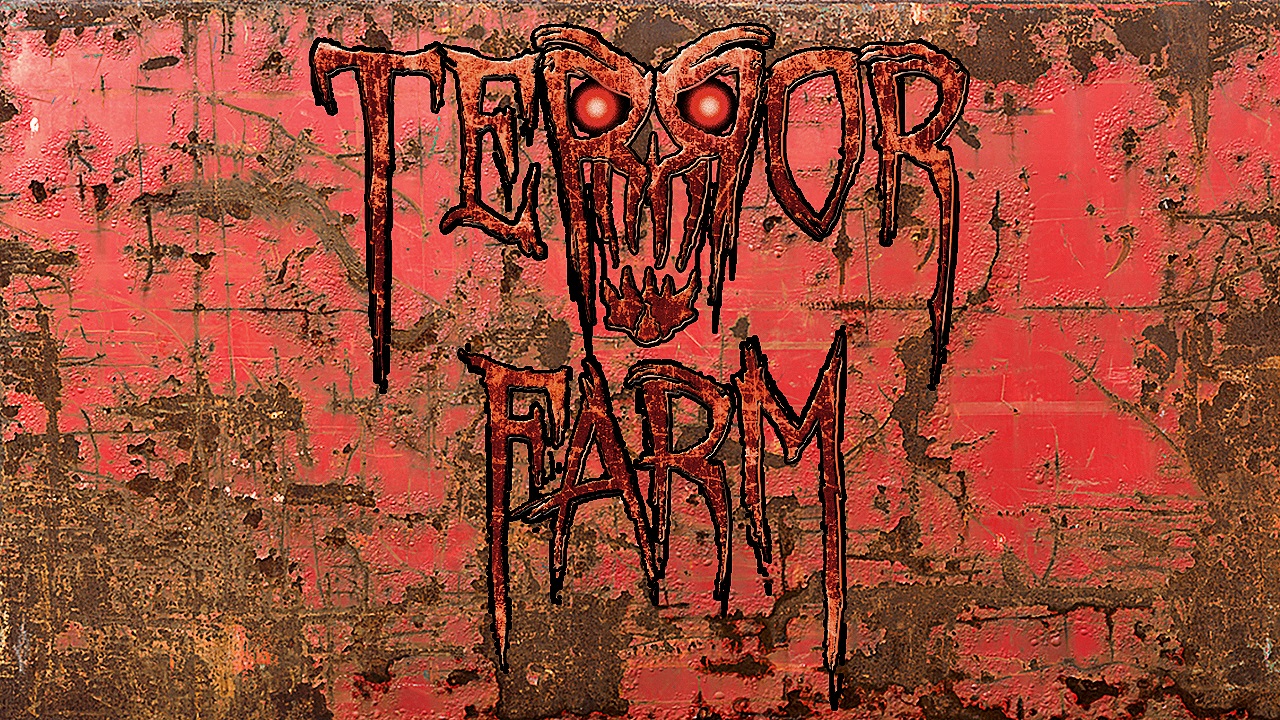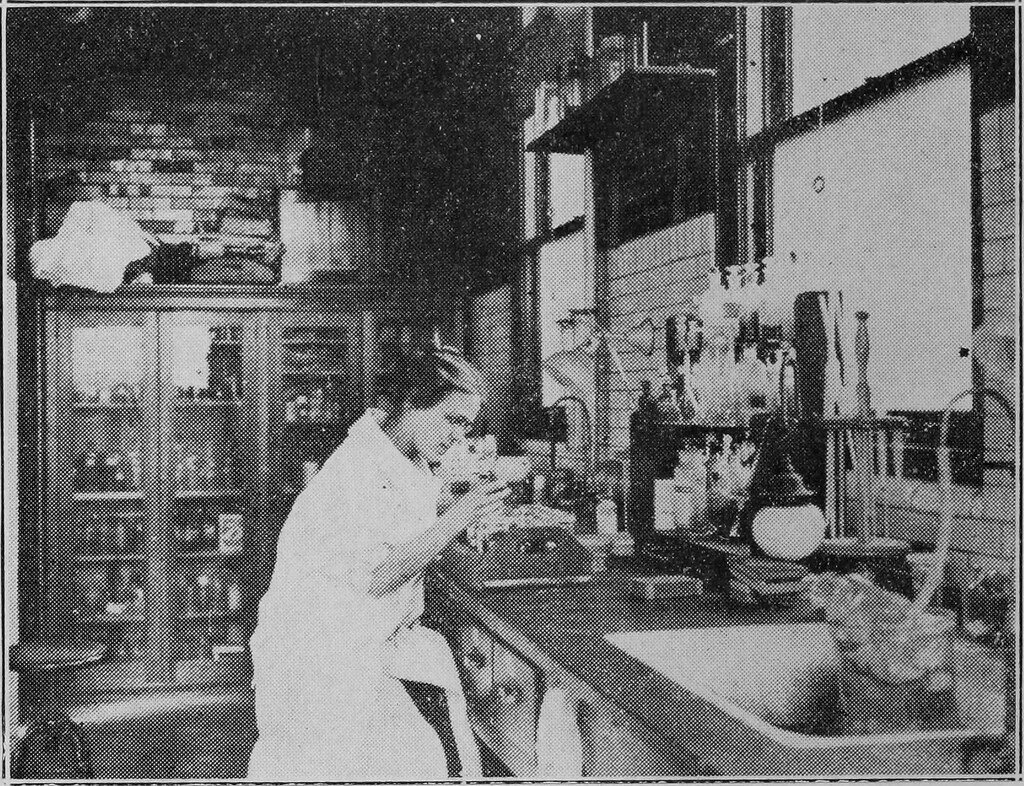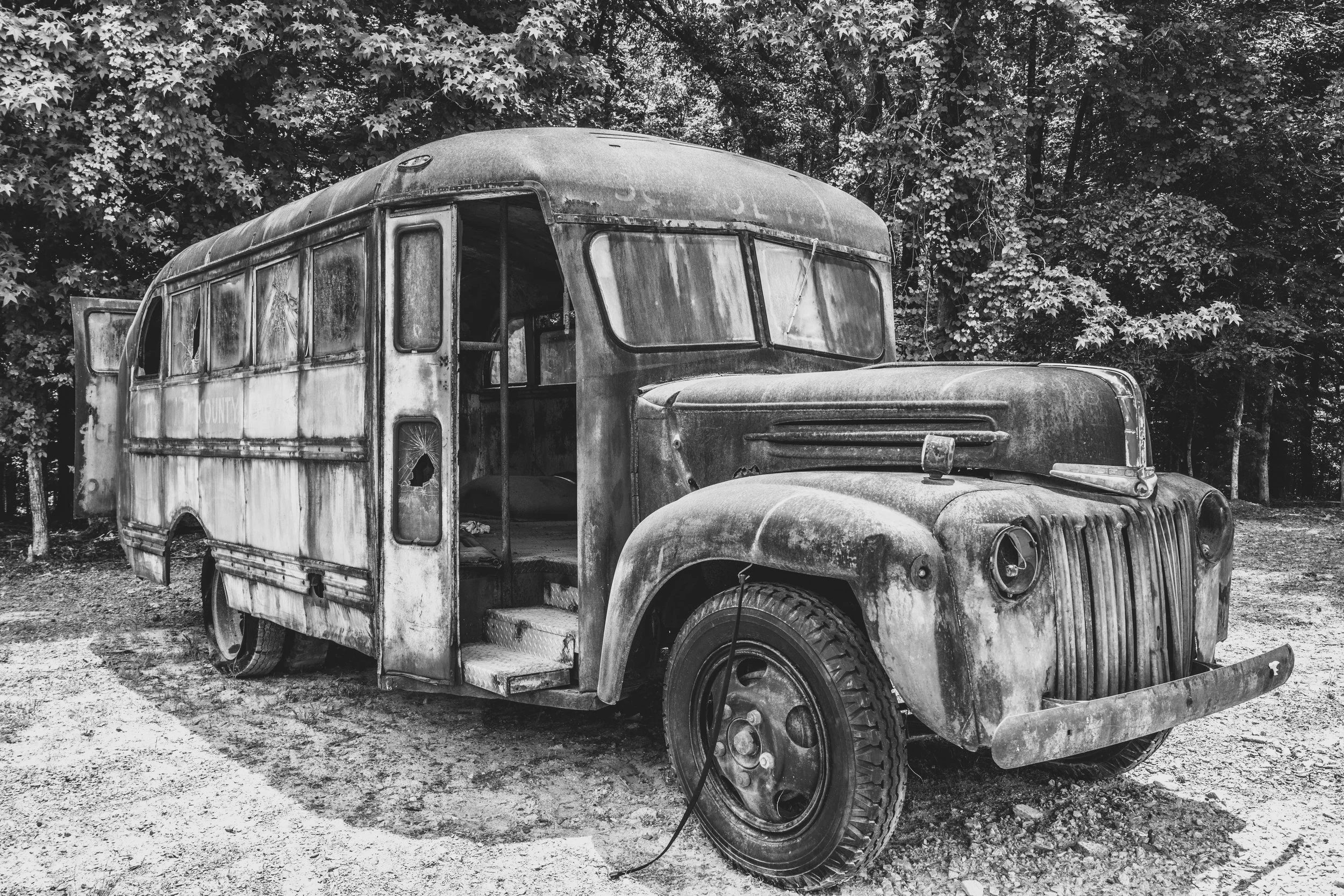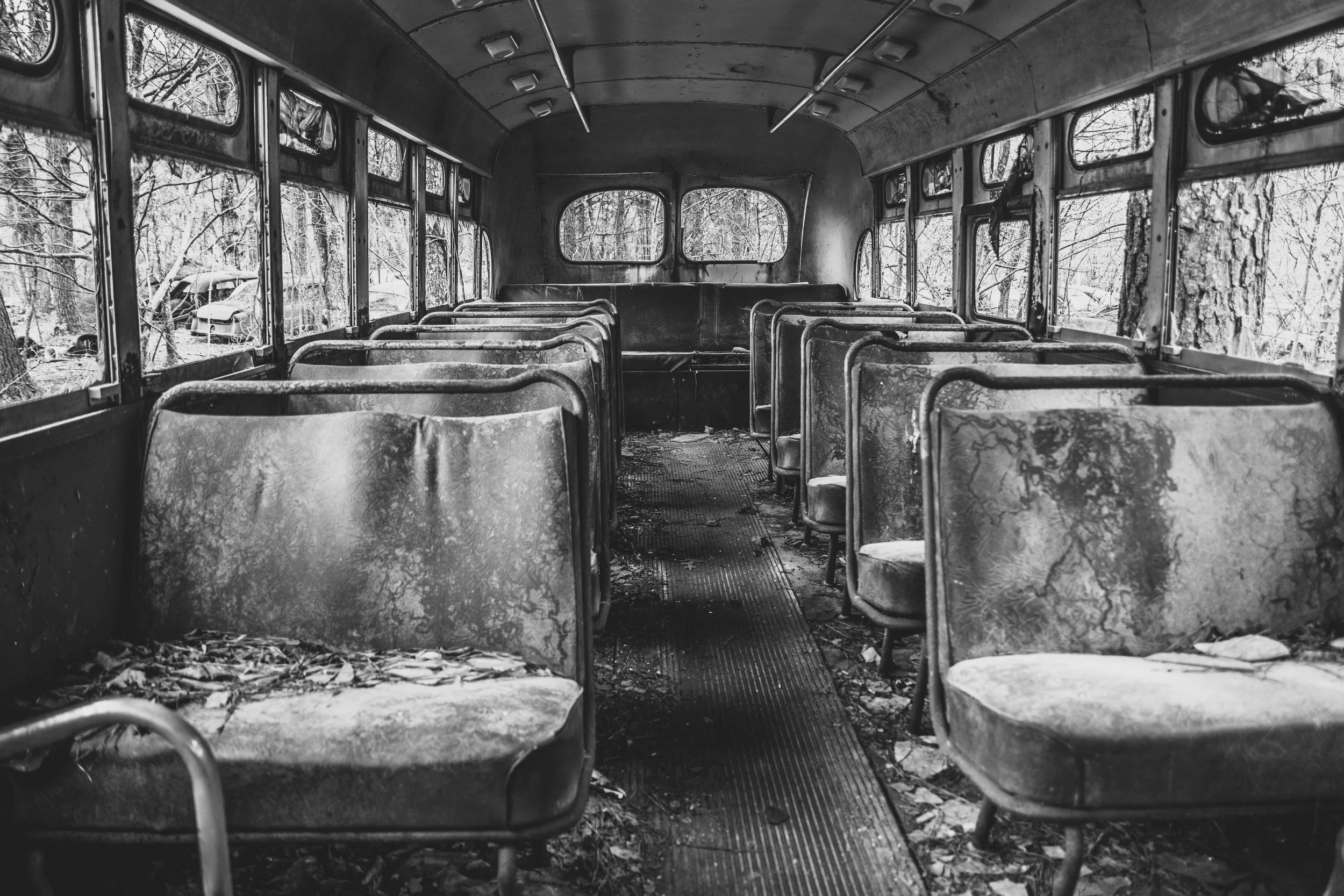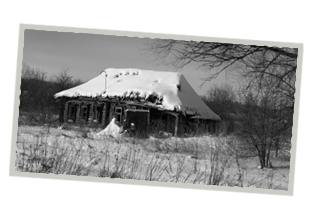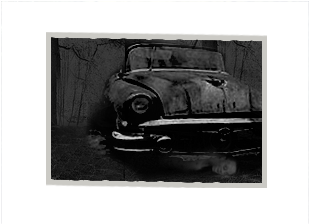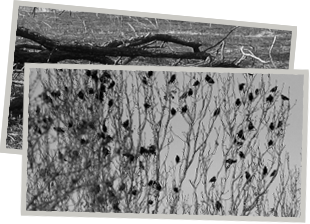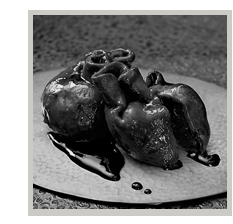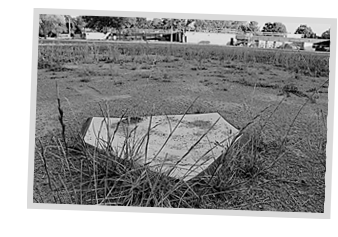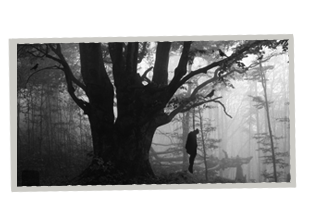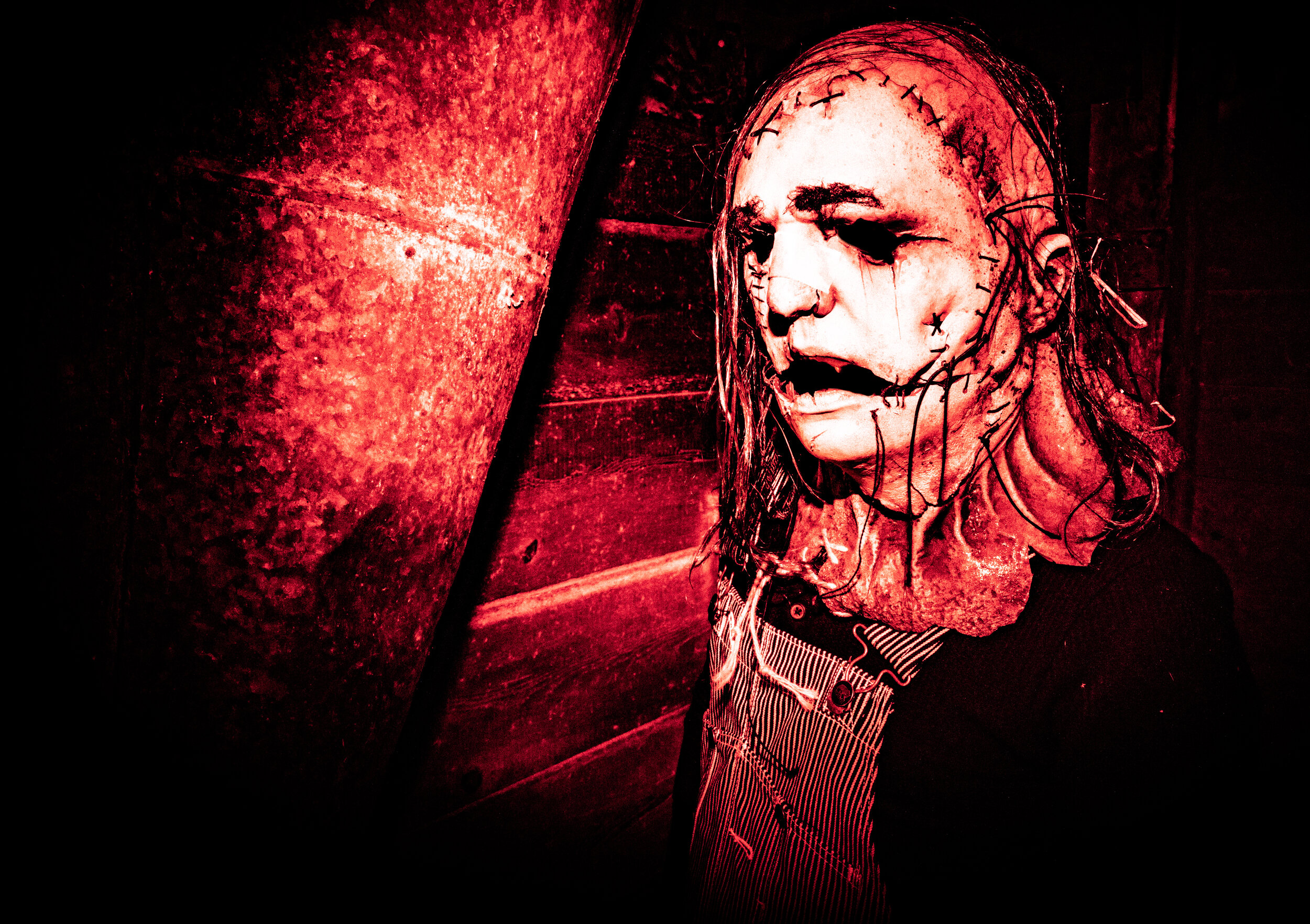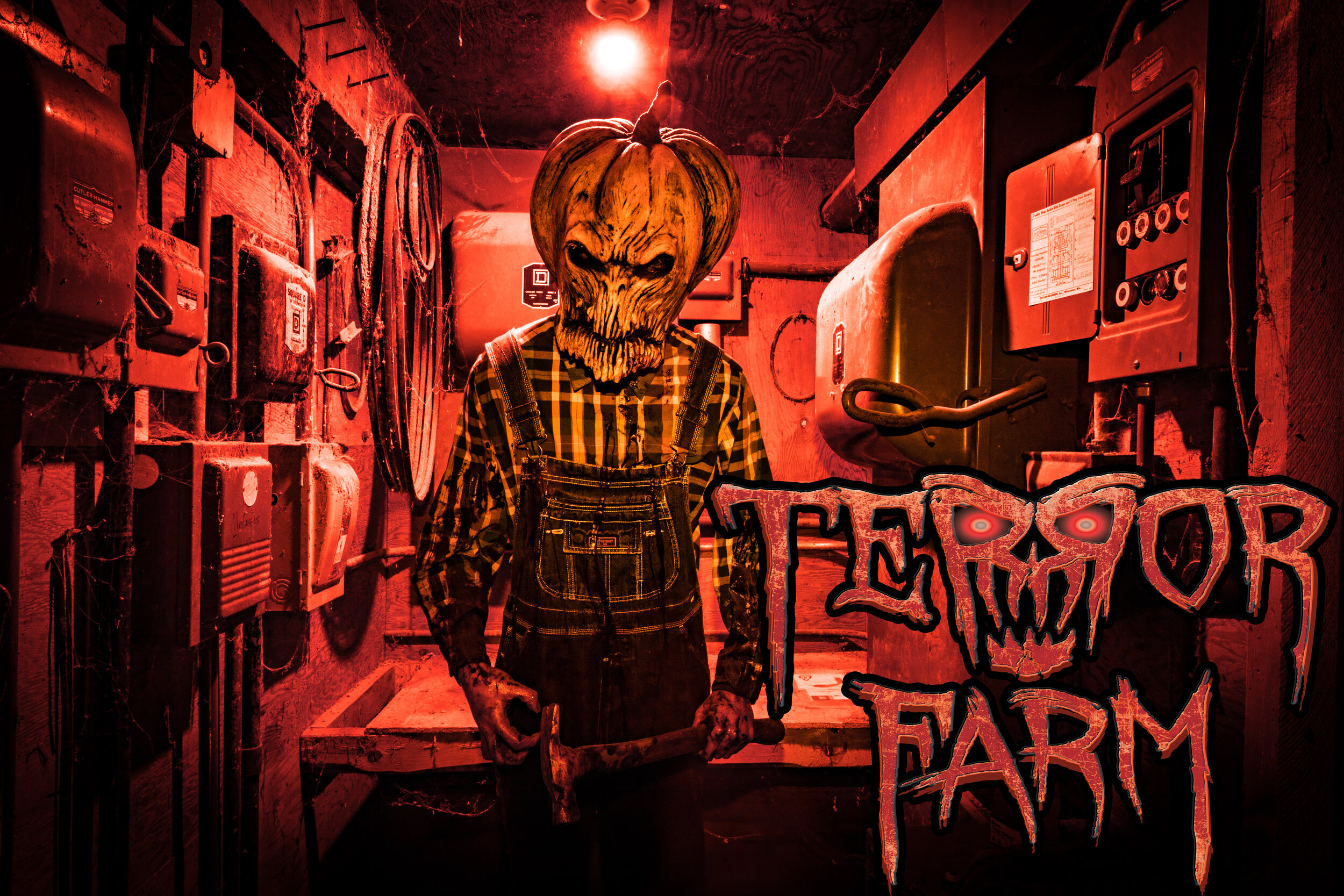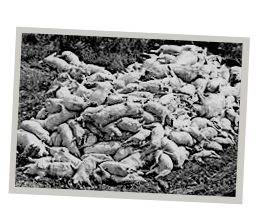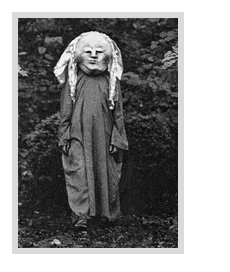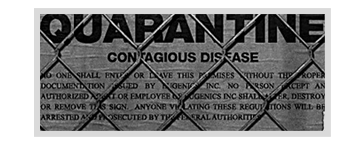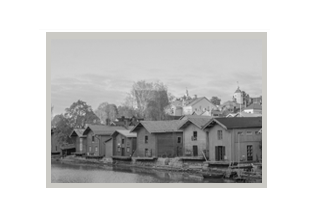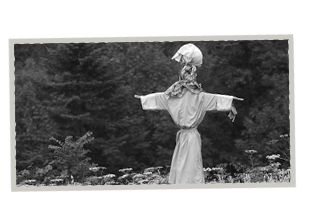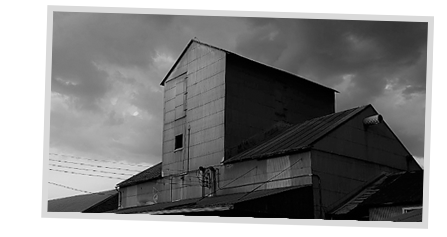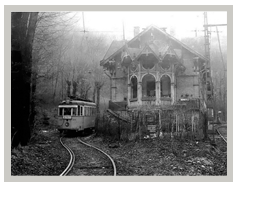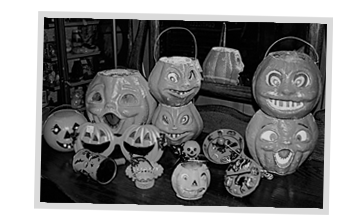cole kleinbauer
Reider’s Ferry on the bank of the Juniata River - photo contributed by Perry Penn Historical Association
1807
Paul Reider and his sons construct a ferry to connect the Harrisburg and Millerstown turnpike, opening a formerly rural and densely wooded area to traffic and industrialization. A small milling town forms along the river to ship logs from the surrounding mountains down the river to Harrisburg. This small cluster of homes becomes known as “Reider’s Ferry”.
Crows in branches along the Southern Juniata - Perry Penn Historical Association private member photo
1817
Cole Kleinbauer and family arrive from Germany and settle on 50 acres near the river outside of Reider’s Ferry. Cole makes short work clearing a section of ground to grow corn. Soon after he builds a large barn and begins to raise pigs. For an unknown reason, the initial crops are destroyed when thousands of crows alight on the property like a plague. With no grain to make animal feed the passel of hogs die. The Kleinbauers struggle without adequate food stored and barely make it through the winter.
Archival photo - typical 19th century German Vogelscheuchen. Photo courtesty Deutschland Historische Gesellschaft
1818
Come Spring, Cole builds a series of large and intimidating “Vogelscheuchen”, or scarecrows, to ward off the birds. The crops are protected, but thousands of birds congregate and watch the farming operation from branches in the woods. They infest the barn, sitting on its rafters and eaves. Cole begins to inhabit the local pub nightly, drinking heavily and complaining about the deafening and constant “cawing” of the crows. Unable to pay his bills or operate his mill because of a lack of crops, Cole clear-cuts the remainder of the forest, completely timbering the land and laying it bare to sell the wood down river.
